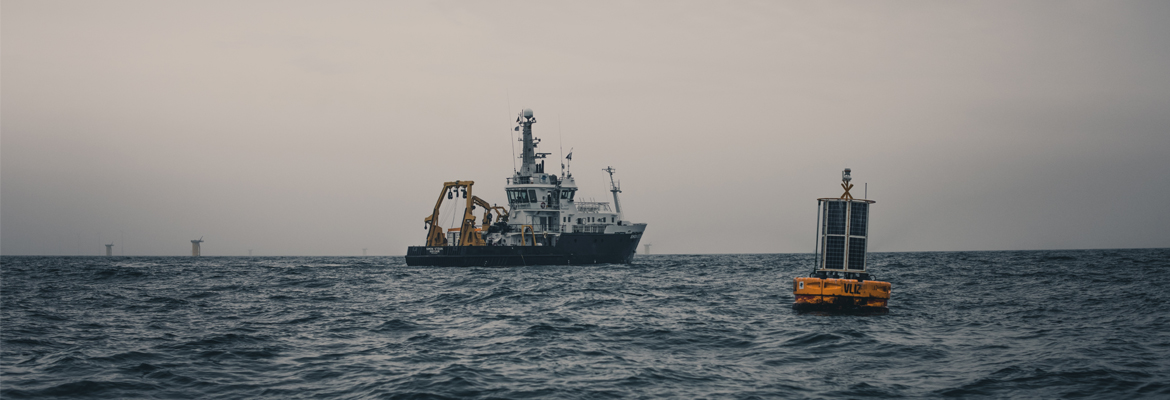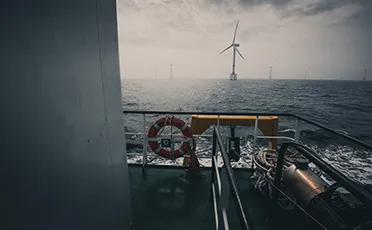
The ICOS Belgium network consists of 11 measurement stations: seven Ecosystem stations, three Ocean stations and one Atmosphere station. Belgium also plays a coordinating role in the ecosystem network as co-host of the ICOS Ecosystem Thematic Centre (ETC) and is particularly responsible for the collection and processing of ancillary data, one of the three pillars of the ETC.
Belgium has a dense station network measuring in some very unique locations. The Brasschaat and Vielsalm Ecosystem stations have been collecting data in mixed forests for over two decades, making them two of the longest-running stations in the world. The Maasmechelen station in Hoge Kempen National Park is the first European heathland where greenhouse gases are monitored. While the Thornton Buoy is installed at the artificial reefs in the C-power wind farm in the Belgian part of the North Sea. The Atmosphere station is located at Réunion Island in the Indian Ocean and is a collaboration between France and Belgium.
The ICOS Belgium network involves four Walloon, three Flemish and two Federal institutes: University of Antwerp (coordination), Flanders Marine Institute, Institut Scientifique de Service Public, Research Institute for Nature and Forest, Royal Belgian Institute for Space Aeronomy, Royal Belgian Institute of Natural Sciences, University of Liege, Université catholique de Louvain and Walloon Agricultural Research Centre.
Belgium Station Network
ICOS Belgium stations in the map. Hover over the stations and the ship lines for more details.
Contact ICOS Belgium
ICOS Belgium Focal Point
Ivan Janssens, Professor
Plants and Ecosystems, PLECO
University of Antwerp, Belgium
contact-belgium (at) lists.icos-ri.eu
